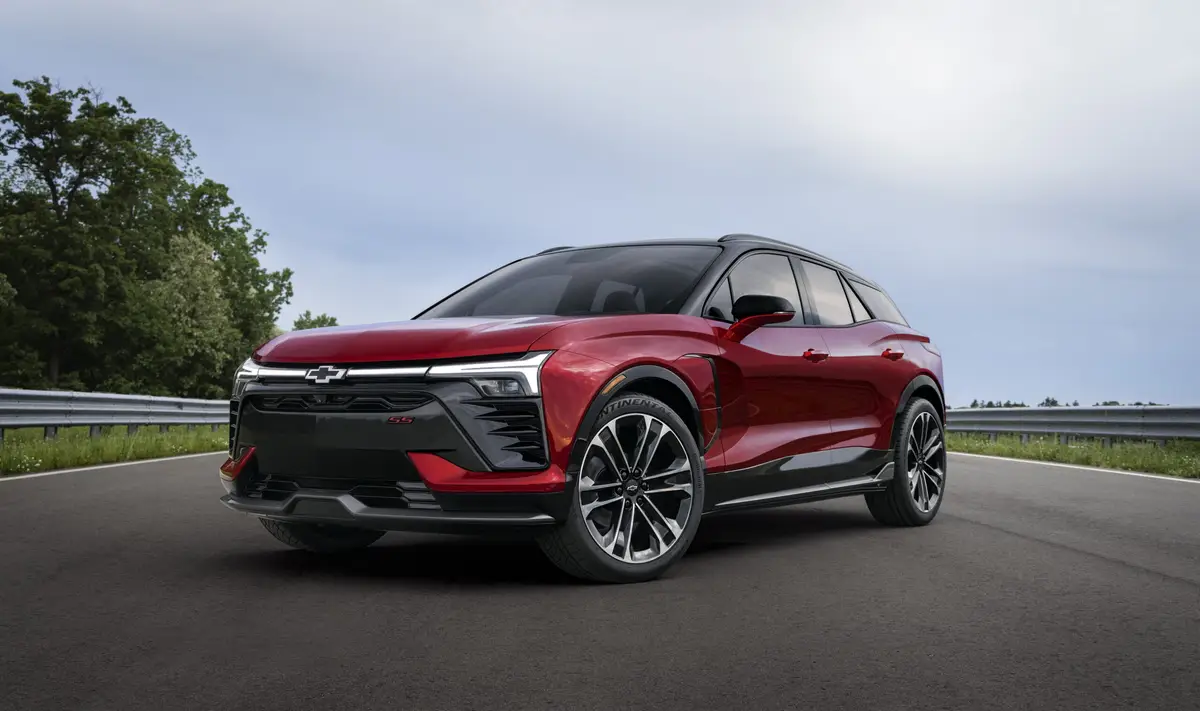2017 Hyundai Elantra Sport Review: Quick Spin


CARS.COM — Performance compacts aren’t quite back to their halcyon days of “The Fast and the Furious” lore (that’s the movie franchise original, kids), but with new go-fast versions of the Nissan Sentra, the Hyundai Elantra and — soon — the Honda Civic, you might call 2017 a modest resurgence. Hyundai plays up the value side with the Elantra Sport, an edition of its popular compact sedan that packs mild thrills for a mild price. It goes on sale by the end of the year.
Related: 2017 Hyundai Elantra Sport: First Impressions
Much like its rivals, the latest Sport trades the bigger four-cylinder of its predecessor (2014-2016) for less displacement and a turbo, in this case the direct-injected 1.6-liter motor from the Hyundai Veloster hatchback. It drives the front wheels through a six-speed manual or seven-speed, dual-clutch automatic transmission. We drove the manual at Hyundai’s media introduction on Tire Rack’s small test track in South Bend, Ind., as well as automatic and manual versions in Indiana and, later, Michigan.
How It Drives
The extra power plus a host of other mechanical changes make the Elantra Sport a playful car to toss around. The stick shift is a muddy unit with tall 1st and 2nd gears, but the 1.6-liter’s torque comes evenly enough across the rev range so you don’t have to wring it out to sky-high rpm to get the power — specifically, 201 horsepower and 195 pounds-feet of torque, up 54 hp and 63 pounds-feet versus the regular Elantra’s 2.0-liter non-turbo four-cylinder. The dual-clutch automatic is decent, too. Aside from some bogging down at lower speeds, it’s a responsive gearbox with well-timed downshifts when you dig into the gas.
With unique suspension tuning and an independent rear end versus the regular Elantra’s torsion beam, the Elantra Sport limits body roll and nose-heavy understeer as well as any front-drive car this side of a Ford Fiesta ST. The steering wheel has gratifying, quick motions to snap the nose back and forth, and if you get into a long sweeper, the tail can slide a skosh on its own. Lifting off the gas pedal mid-corner can coax a few degrees of extra drift — the fun, controllable sort, not the whipsaw type that leaves your pants soiled. Pushed hard, the nose has a degree of uneven wheelspin that begs for a limited-slip differential, but casual enthusiasts probably won’t notice.
Most drivers, on the other hand, will notice the trade-off in ride comfort. The Elantra is one of the better-riding cars in its class, but it didn’t take long on the roads around the track for the differences to emerge. The Sport’s stiffer springs and shocks respond to potholes and other bumps with a lot of chop. Isolation at higher speeds is fair at best and there’s incessant road noise to boot. The whole of it evokes the outgoing Elantra GT, a car that rides on the firm side of the compact class. Hyundai should offer smaller wheels with higher-profile tires; the Elantra Sport comes only with 18-inch alloys and P225/40R18 rubber.
Outside & In
Few compact sedans in recent history look better than the prior-generation Elantra, but Hyundai’s 2017 redesign is sharp in its own right, and we’re glad the Elantra Sport didn’t ruin it with cladding. You can tell the Sport apart, but the changes are tasteful: bigger wheels, repositioned LEDs and more brightwork up front and a busier rear bumper with dual (albeit consolidated) tailpipes.
Alas, the redesign didn’t raise the bar on cabin materials, and the chasm between this and the segment’s best is obvious. From a ratty headliner to barely padded armrests and cheap, hard plastics on the upper doors, the Elantra feels thoroughly economy class. The Sport swaps silver dash and door accents for black inlays, but the effect looks more low budget than sporty.
Still, Hyundai makes up some ground in practicality and features. The multimedia system has straightforward controls and a clear, intuitive display. The backseat has legroom aplenty. And the Sport comes well-equipped: Standard features include heated leather seats with bigger bolsters, keyless access with push-button start and a 7-inch multimedia touchscreen with Bluetooth, Apple CarPlay, Android Auto and a backup camera. You can add most of the Elantra’s other options (dual-zone climate control, a moonroof and more) except, curiously, a power driver’s seat and the well-rated collision warning system.
Sport Value
At $22,485 for the manual, including destination, the Elantra Sport slots under the Elantra Limited. The automaker adds another $1,100 for the automatic. That puts the Sport among a handful of sports-compact value choices — think the Sentra SR Turbo, Hyundai’s own Veloster Turbo and the Kia Forte5 SX. The Volkswagen Golf GTI, Ford Focus ST and Subaru WRX are more entertaining, to be sure, but they also cost thousands more.
The Elantra Sport suffers some of the same failings as the regular Elantra, and a set of smaller wheels might salvage some of the ride comfort trade-offs. But the Sport is a compelling choice at the value end of this group, and it’s safe to say Hyundai has fixed some of its earlier gremlins on chassis design. The Elantra Sport won’t win any drag races against the segment’s quickest players, but the it’s just raw enough to be genuinely fun, with many standard features and an excellent warranty to boot. For budget-conscious enthusiasts, this Hyundai is worth a gander.
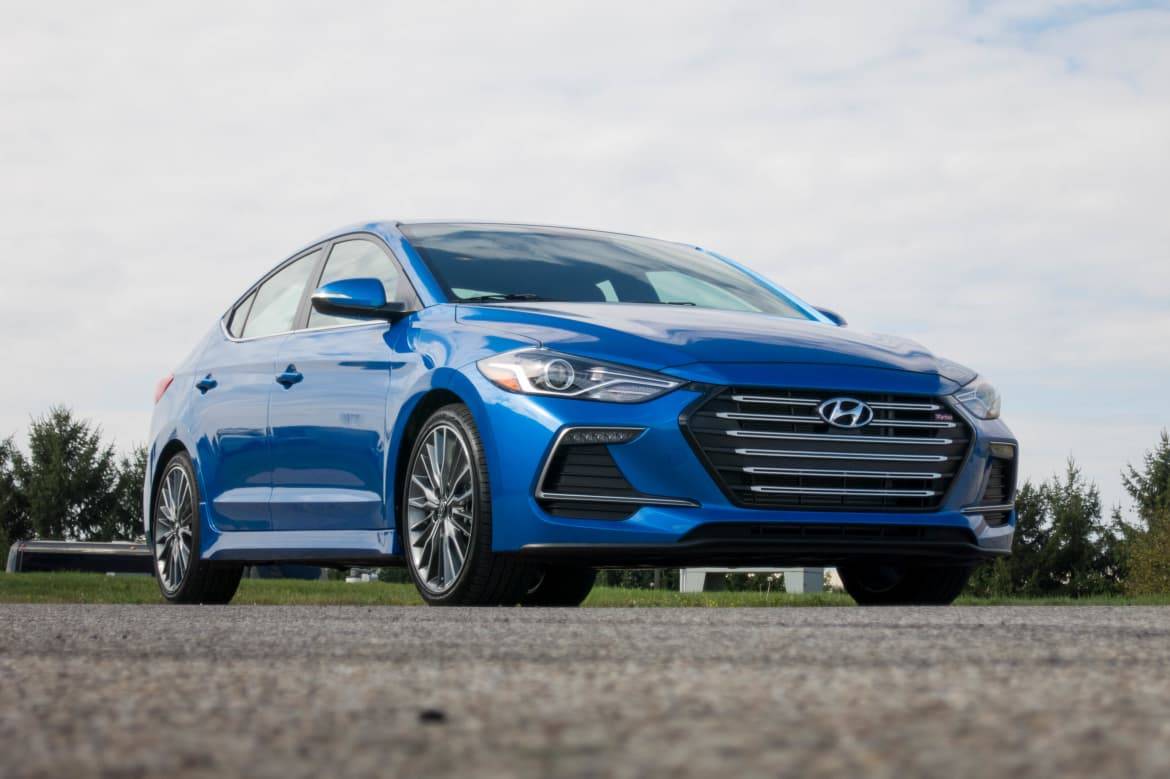
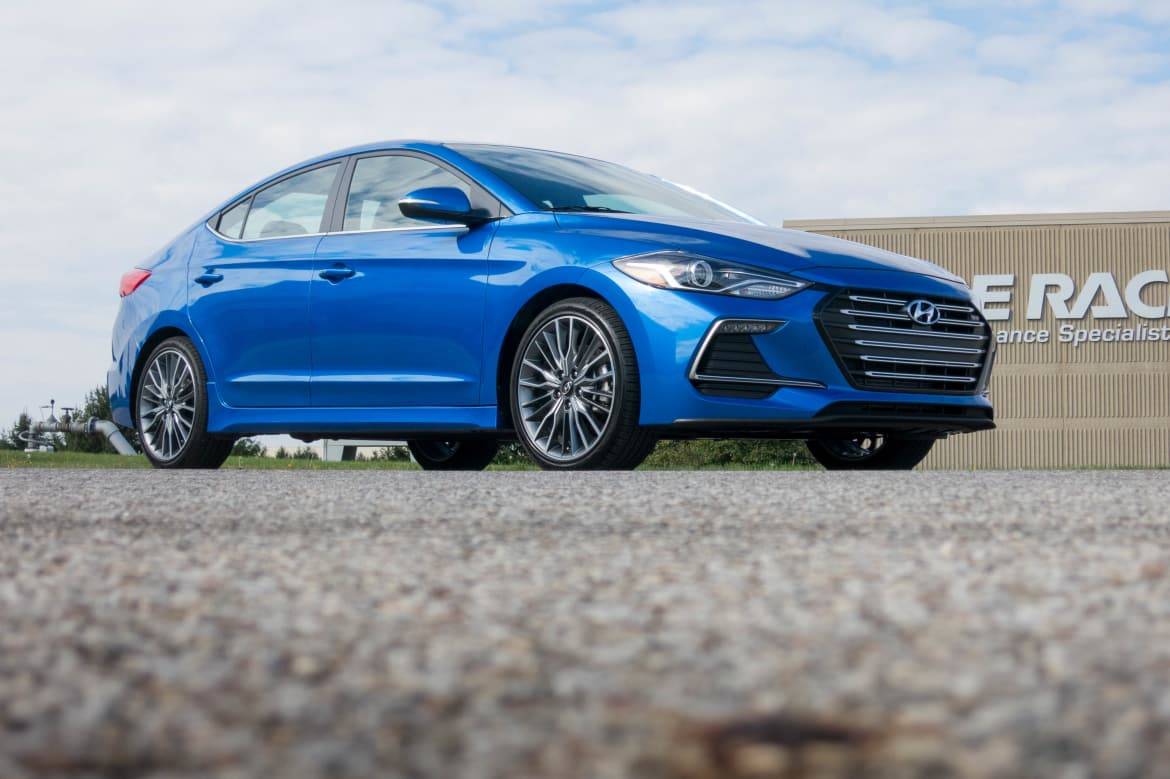

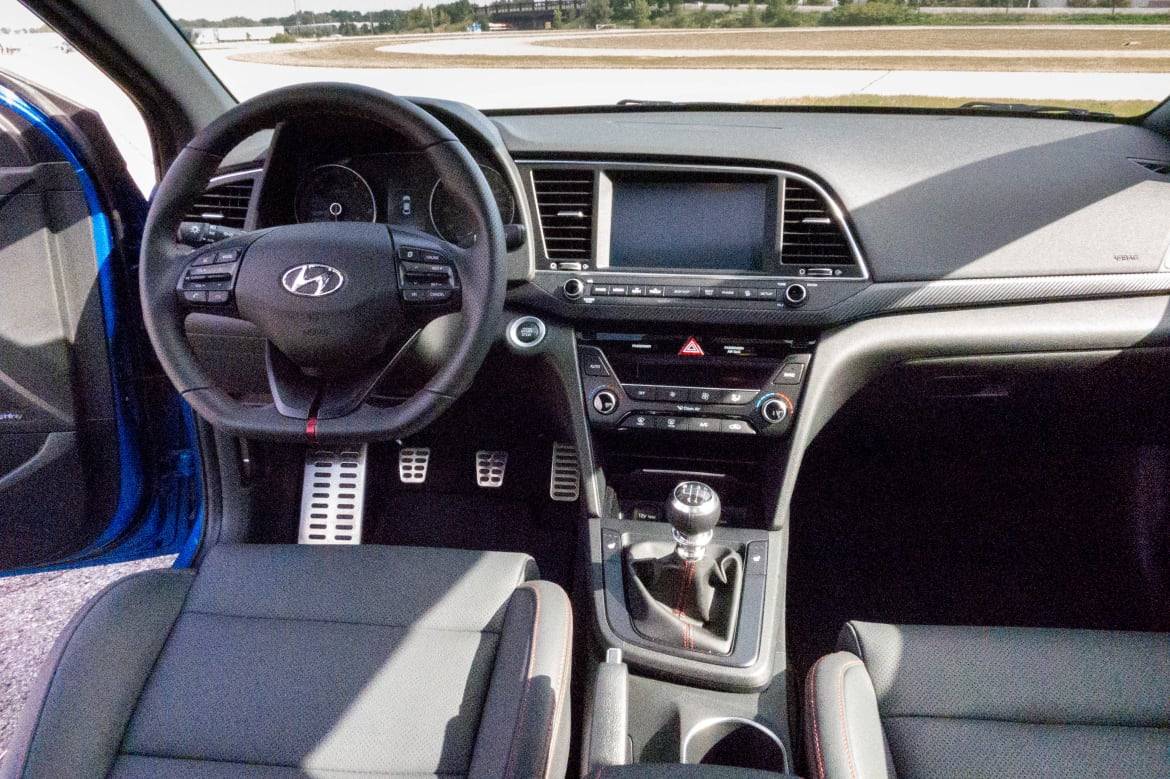
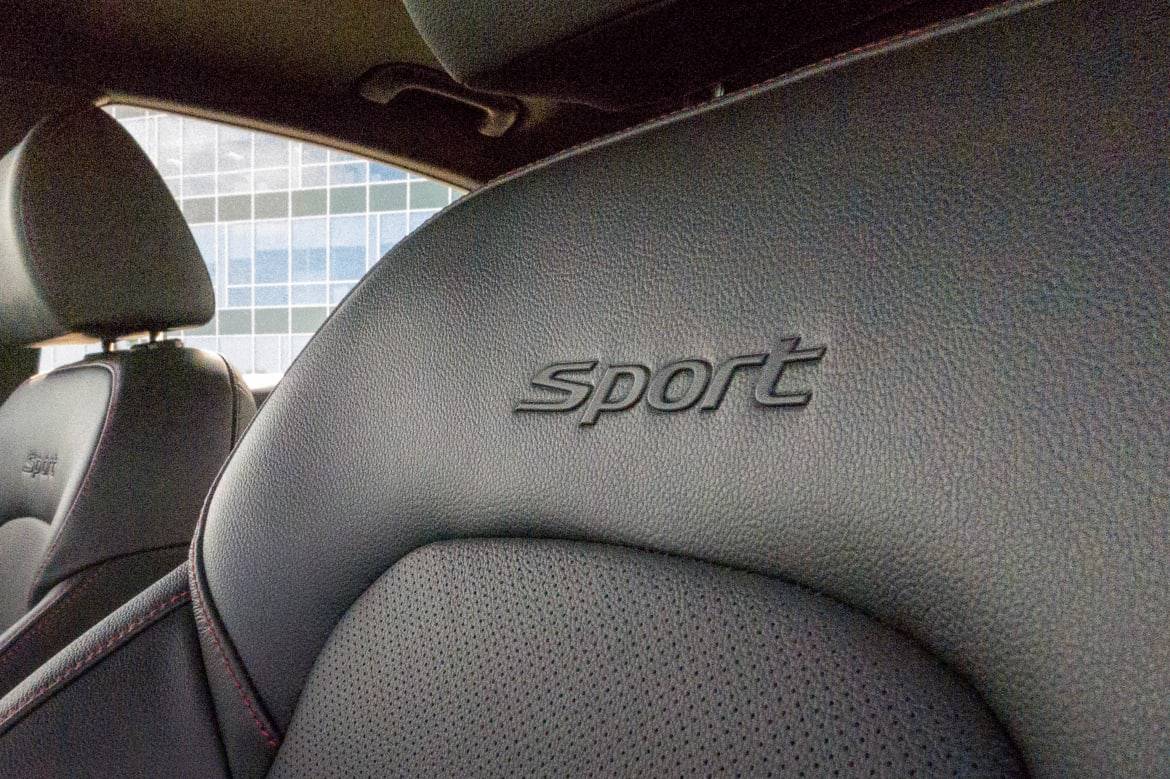
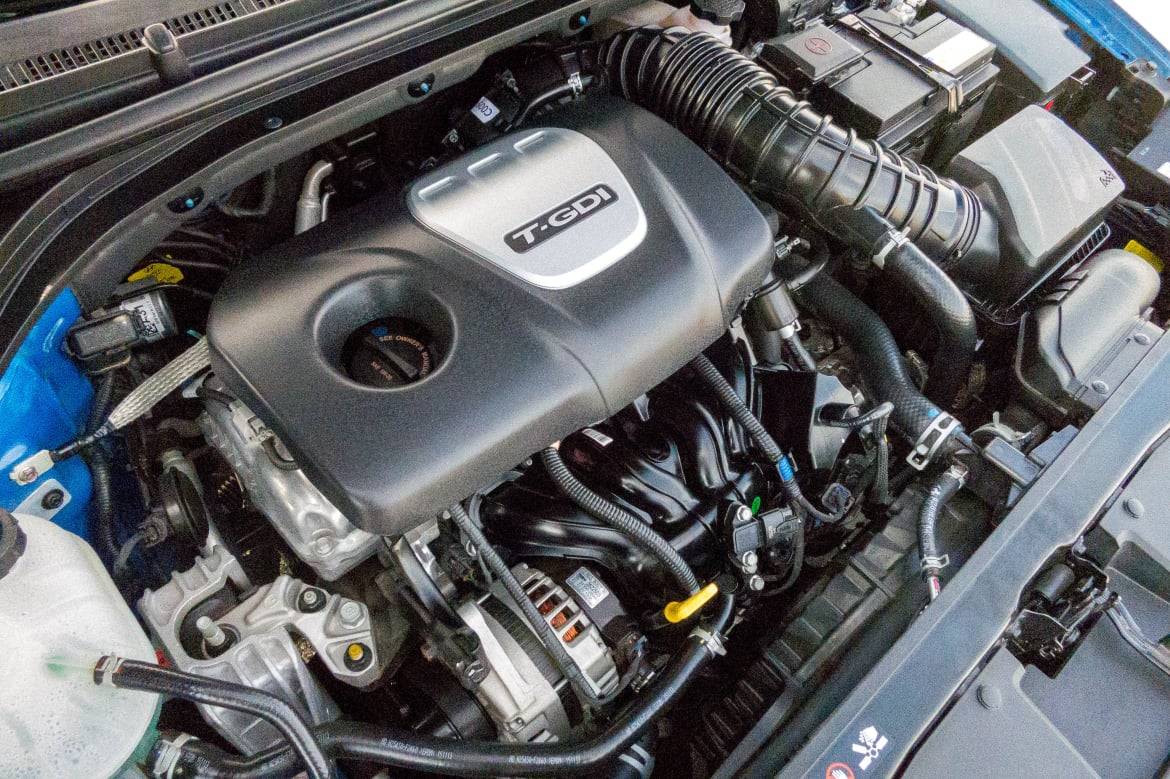
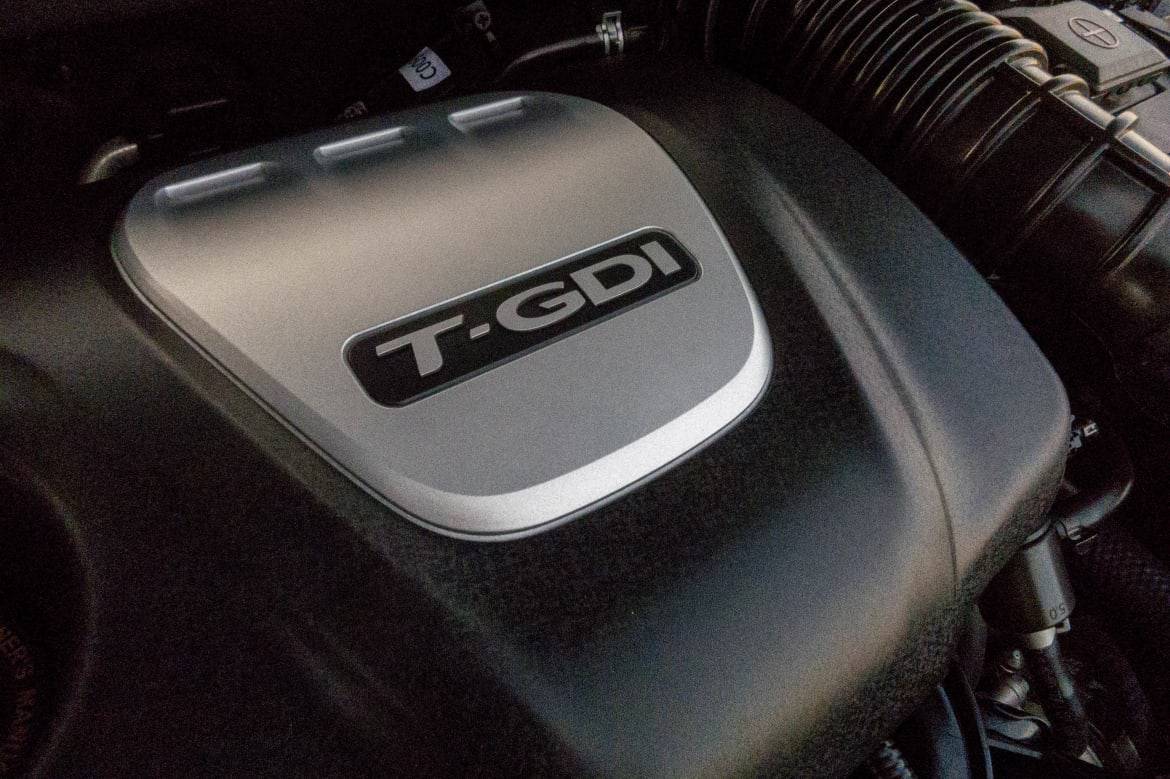


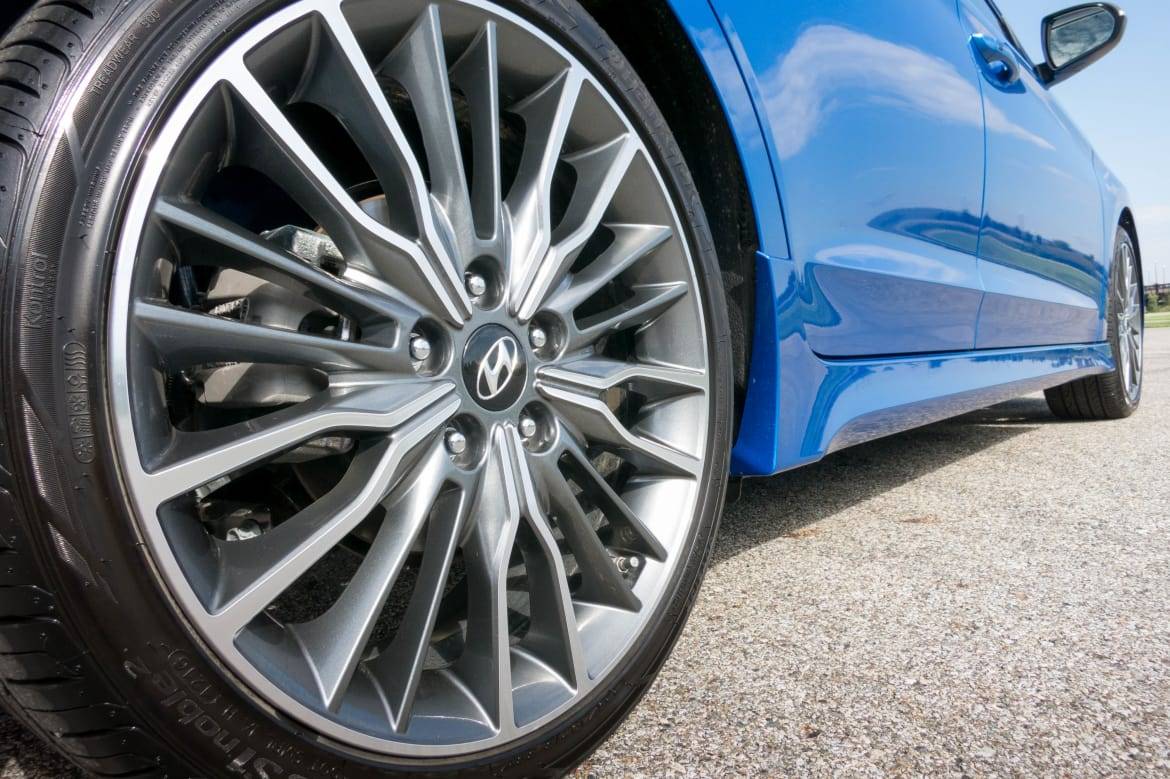
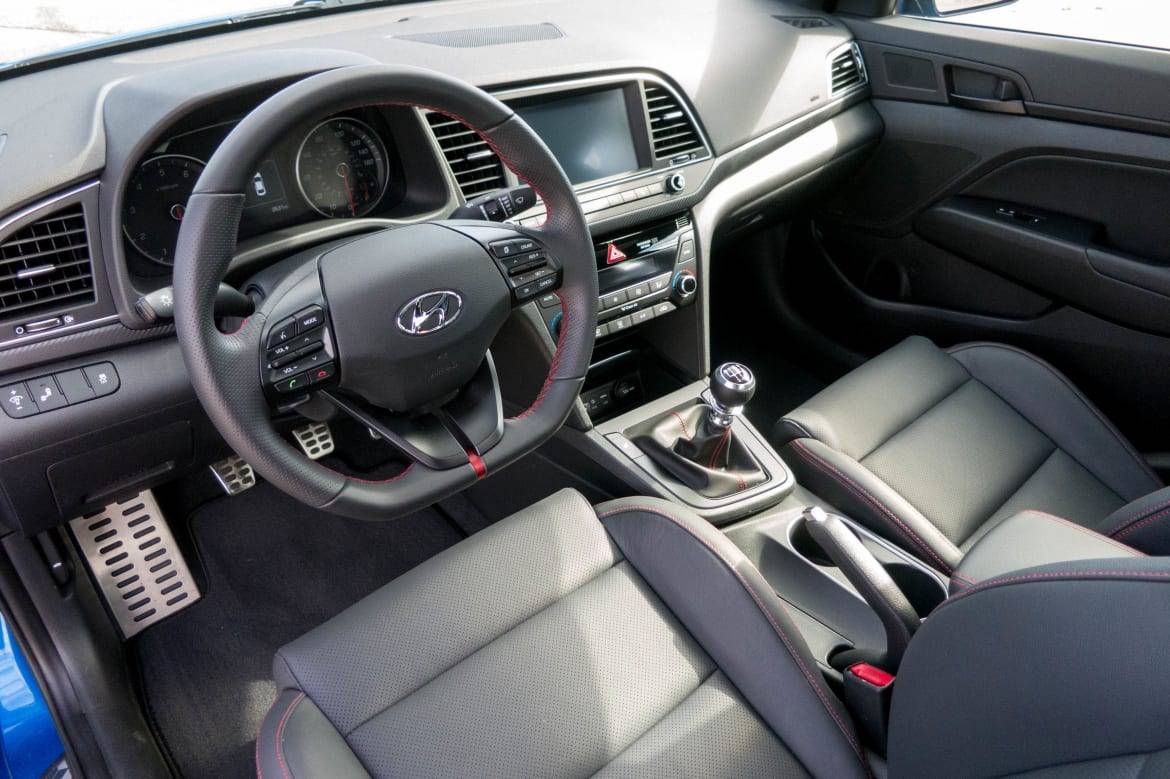
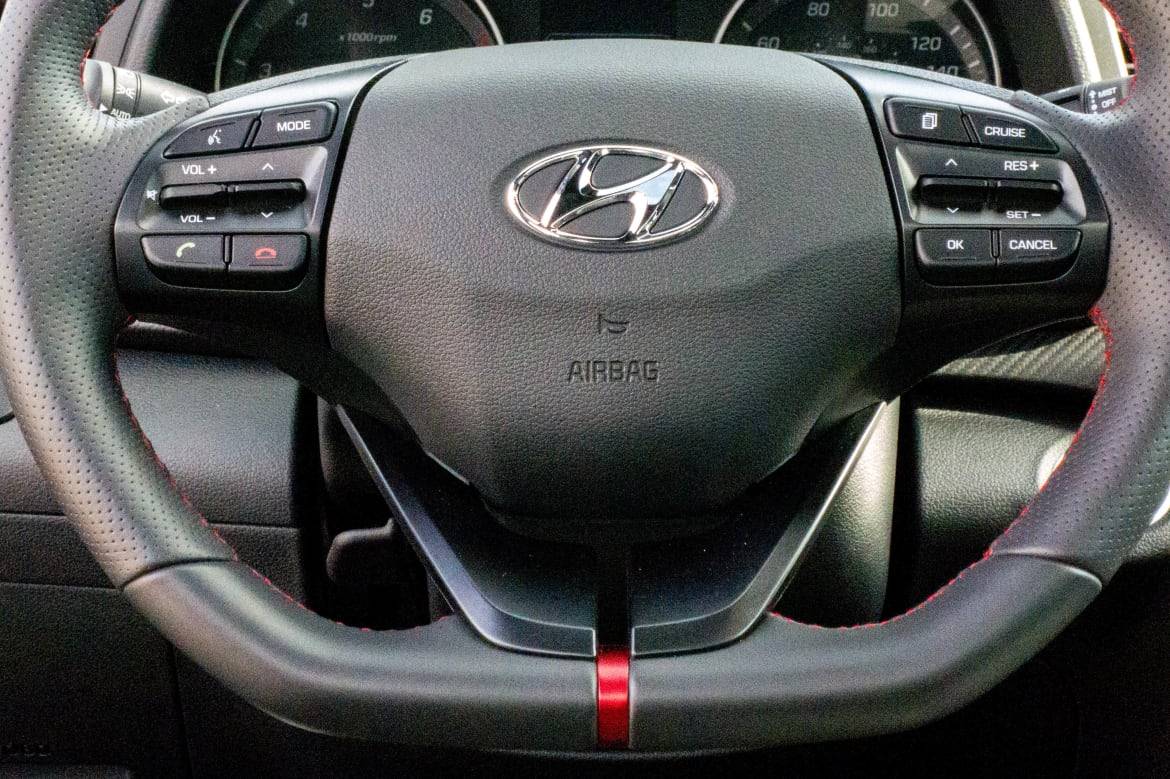
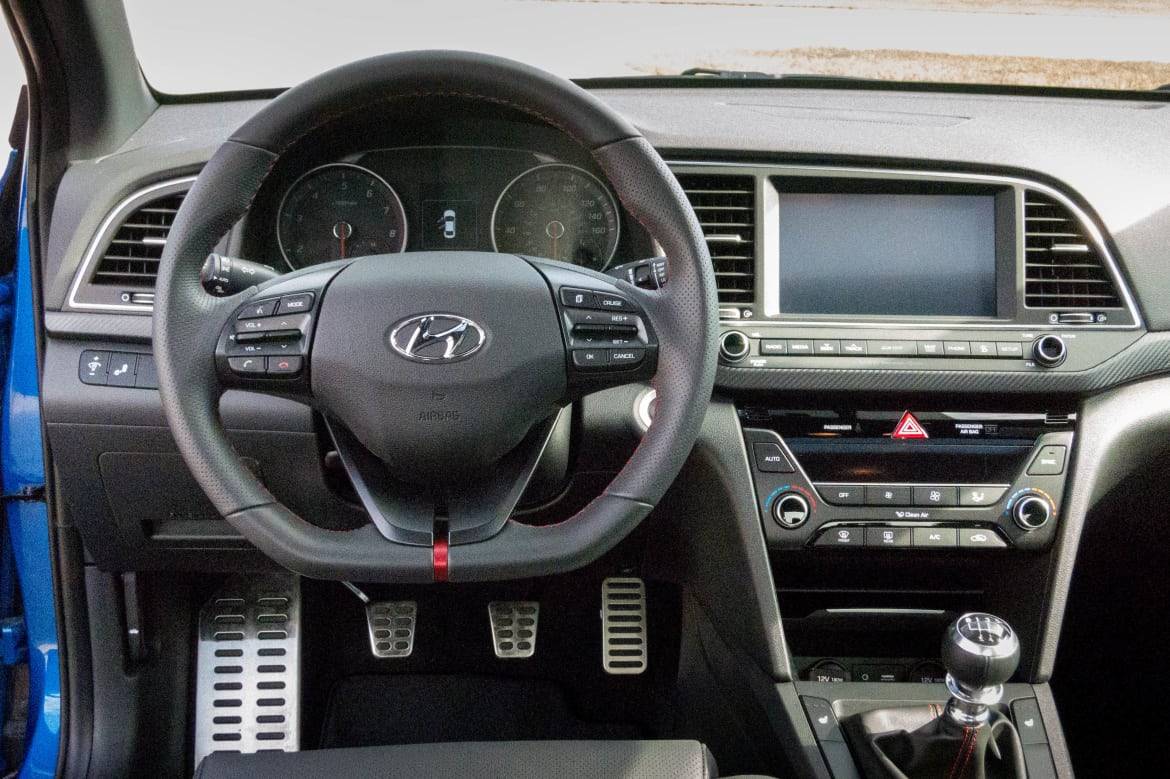
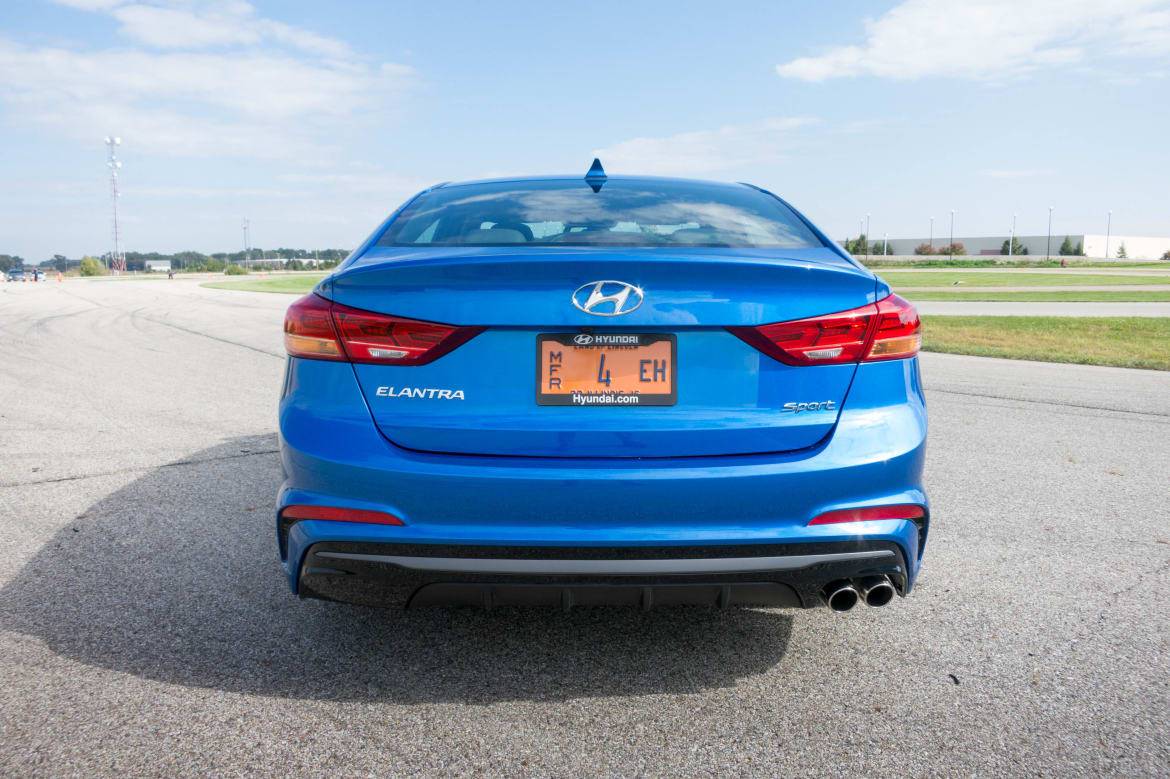
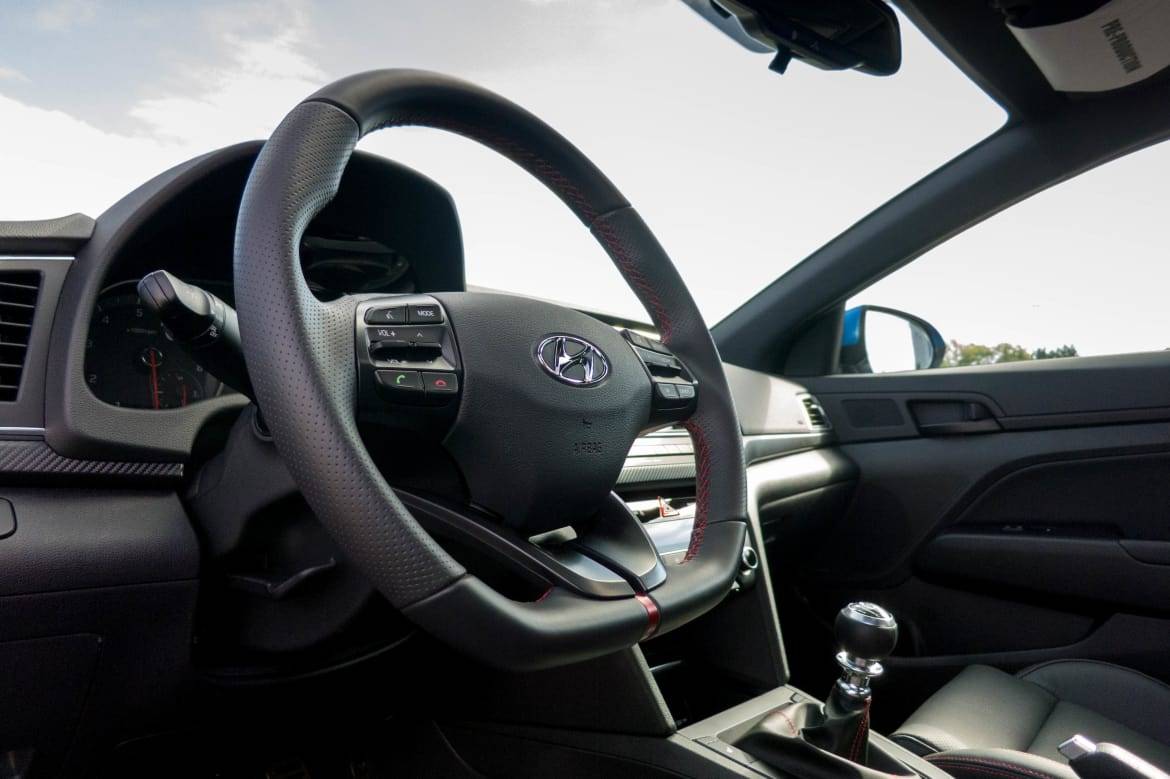
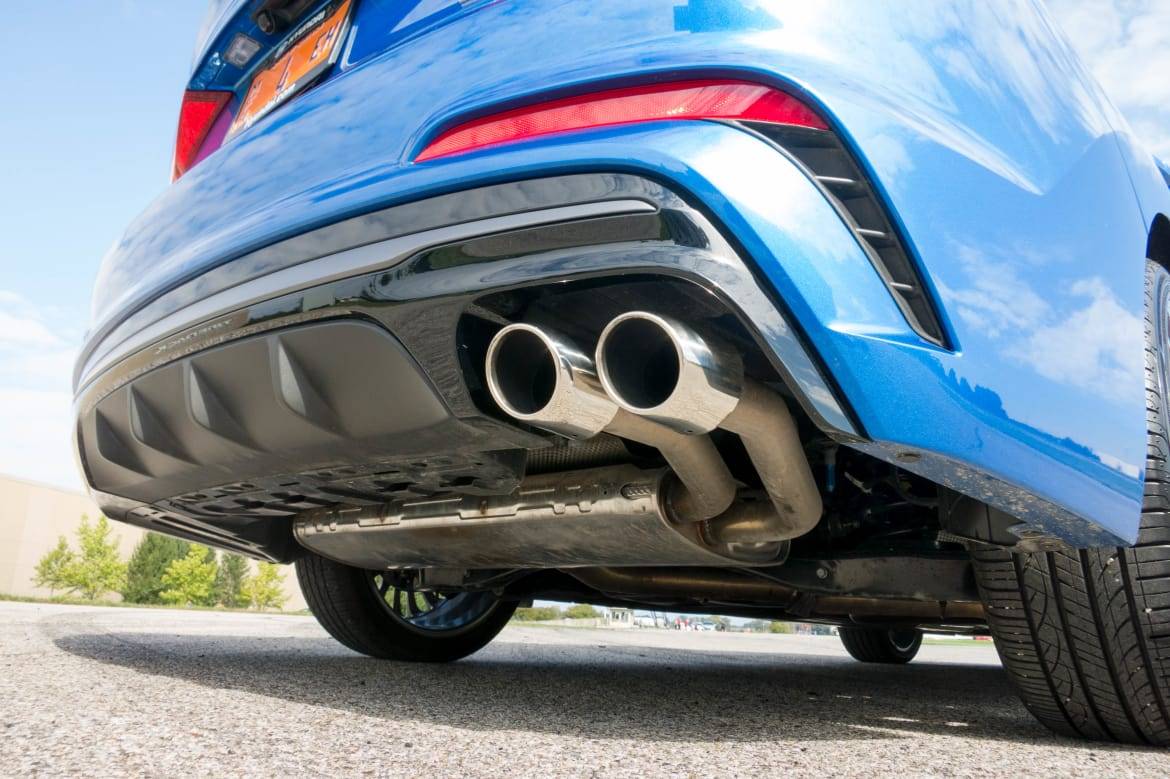
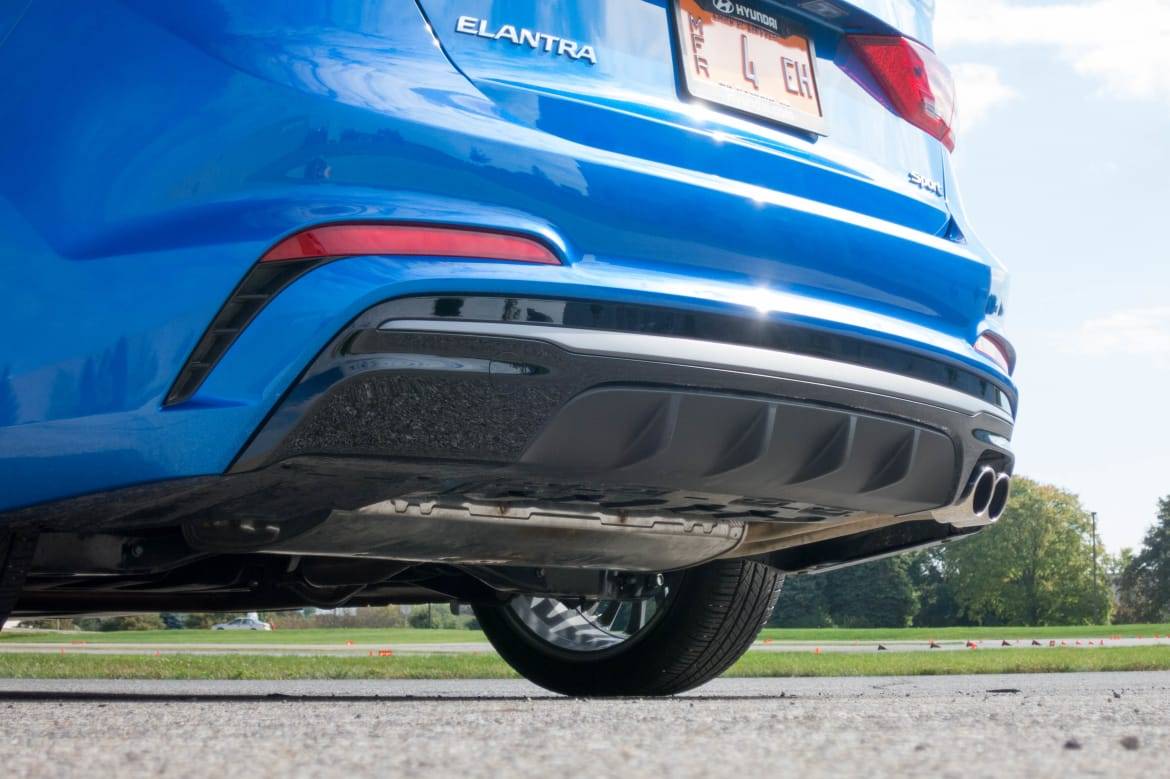
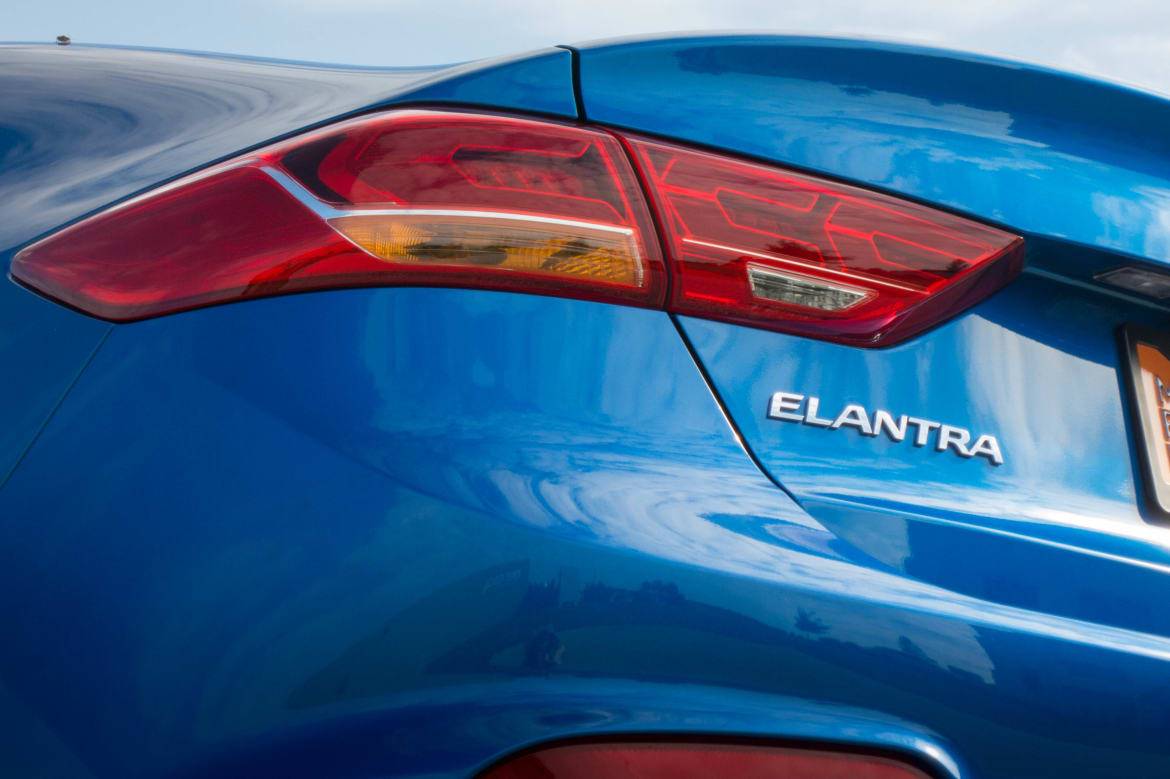
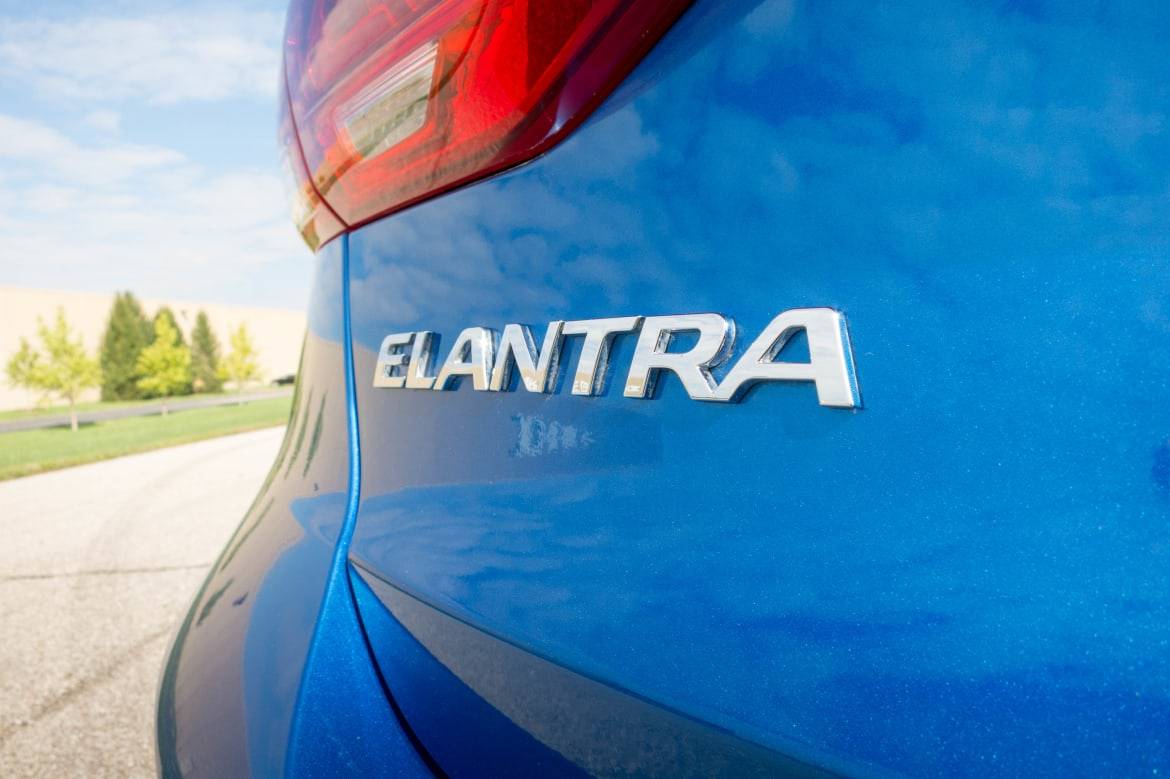
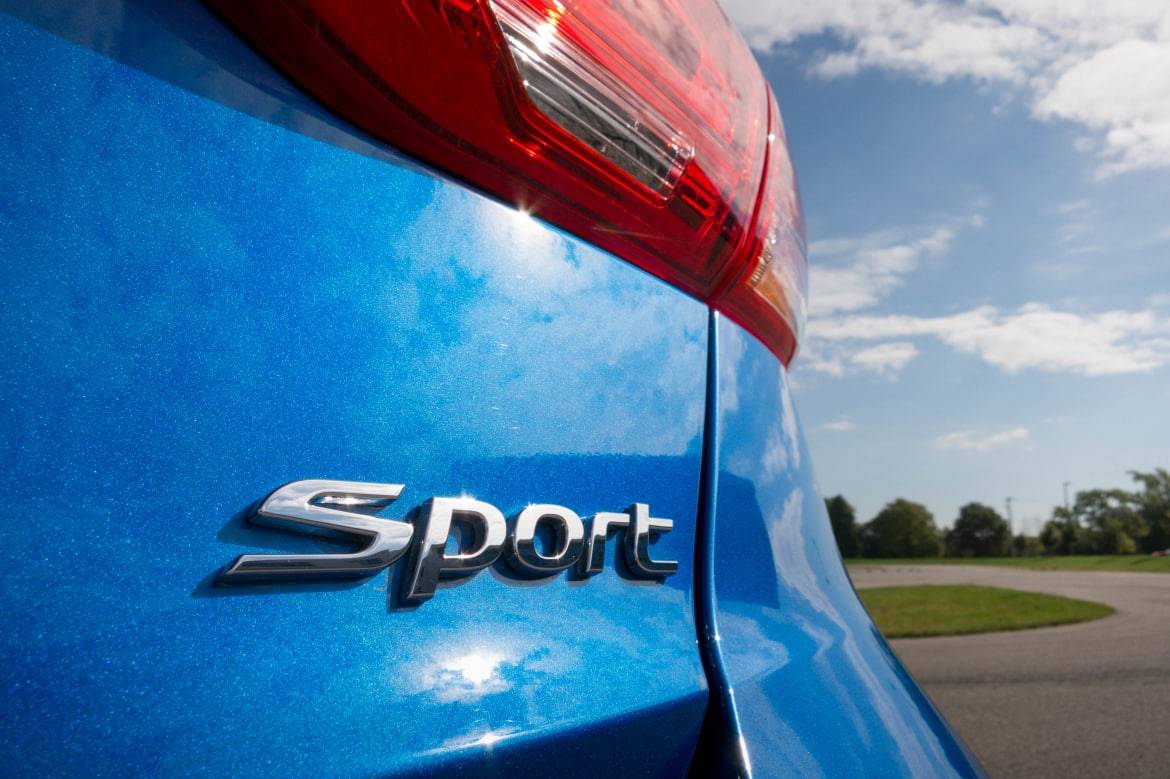
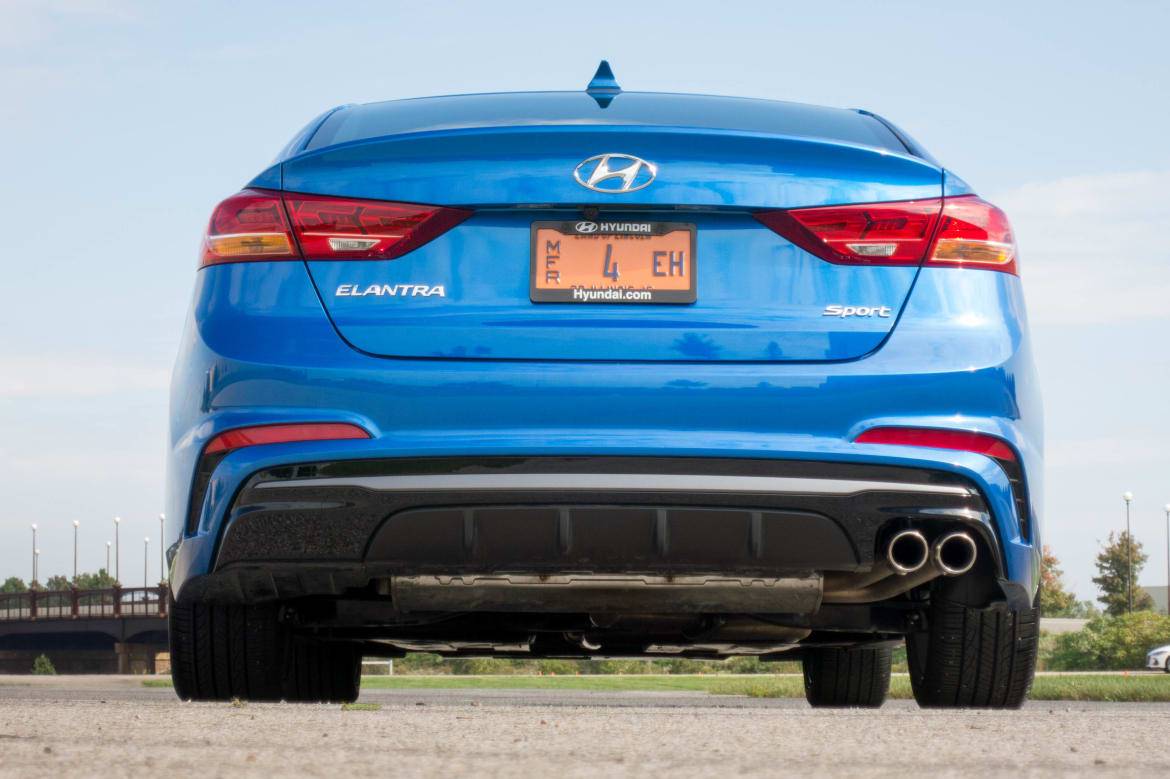
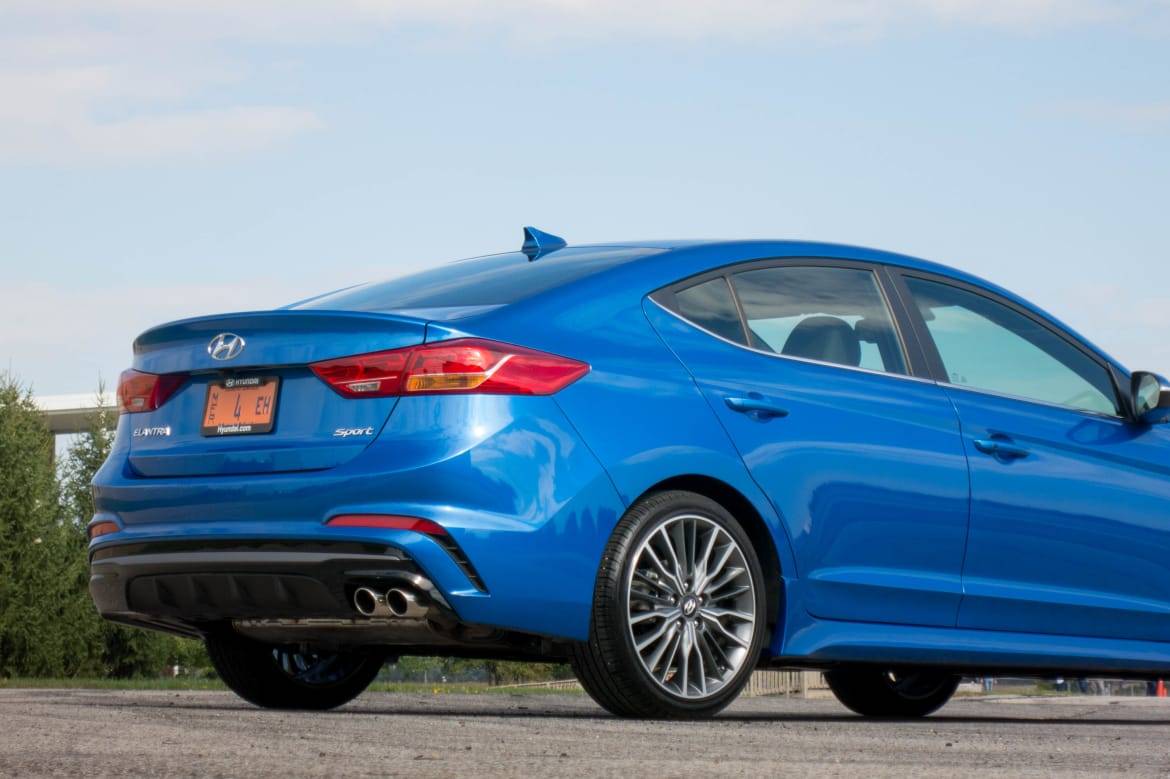
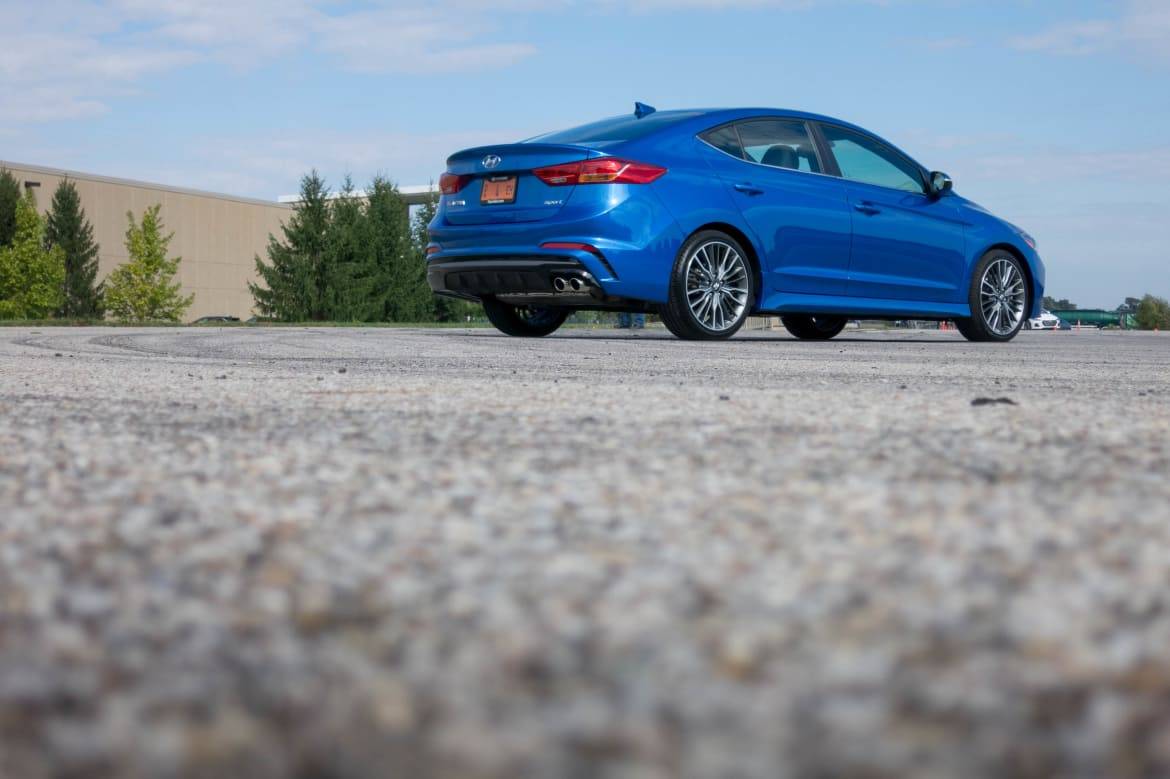
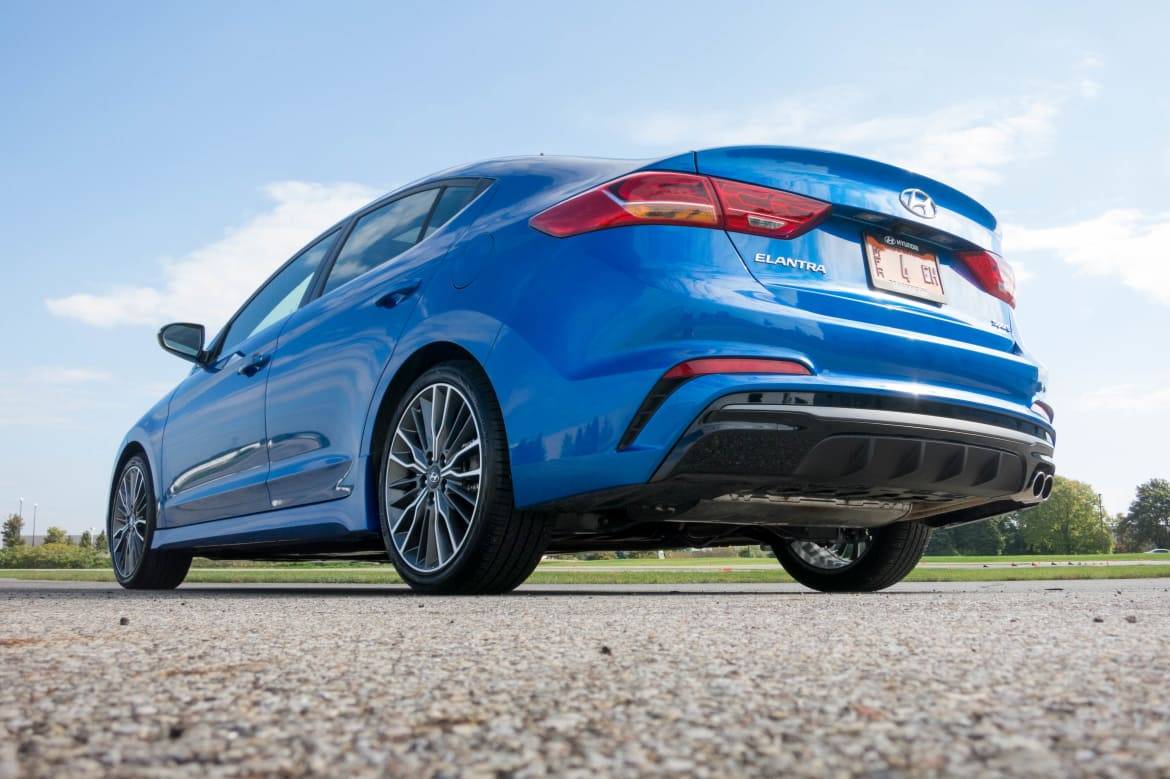
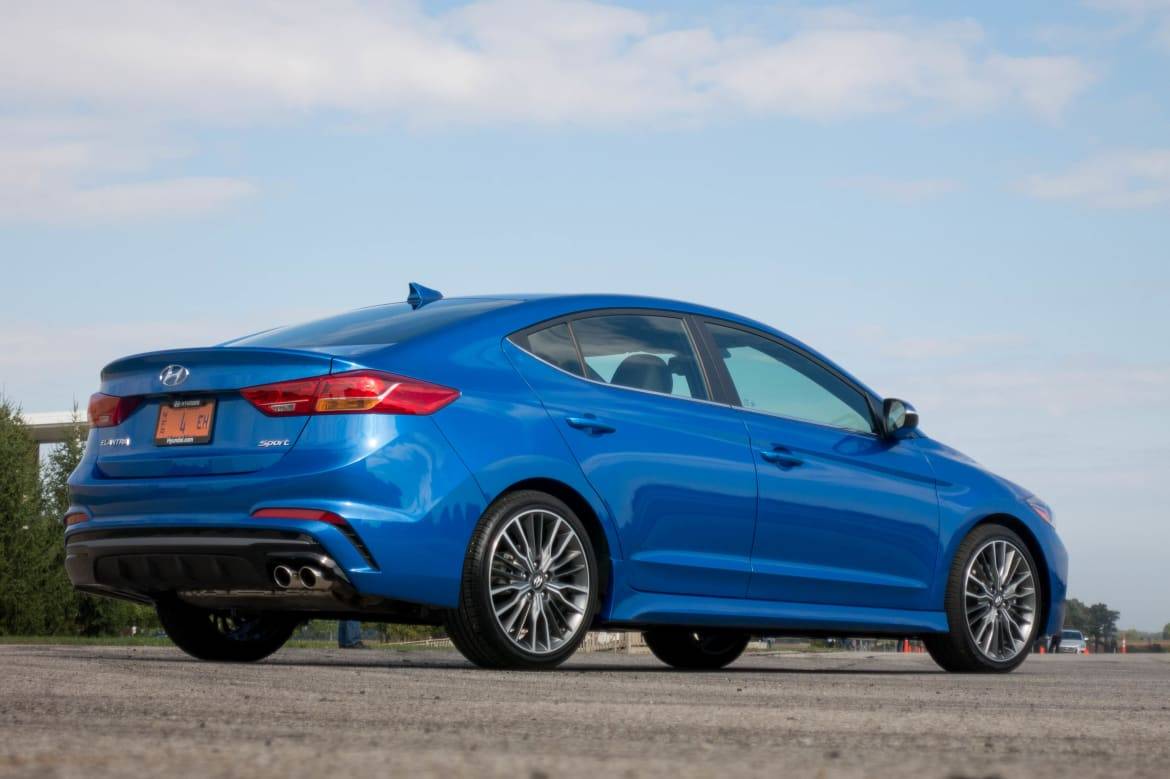
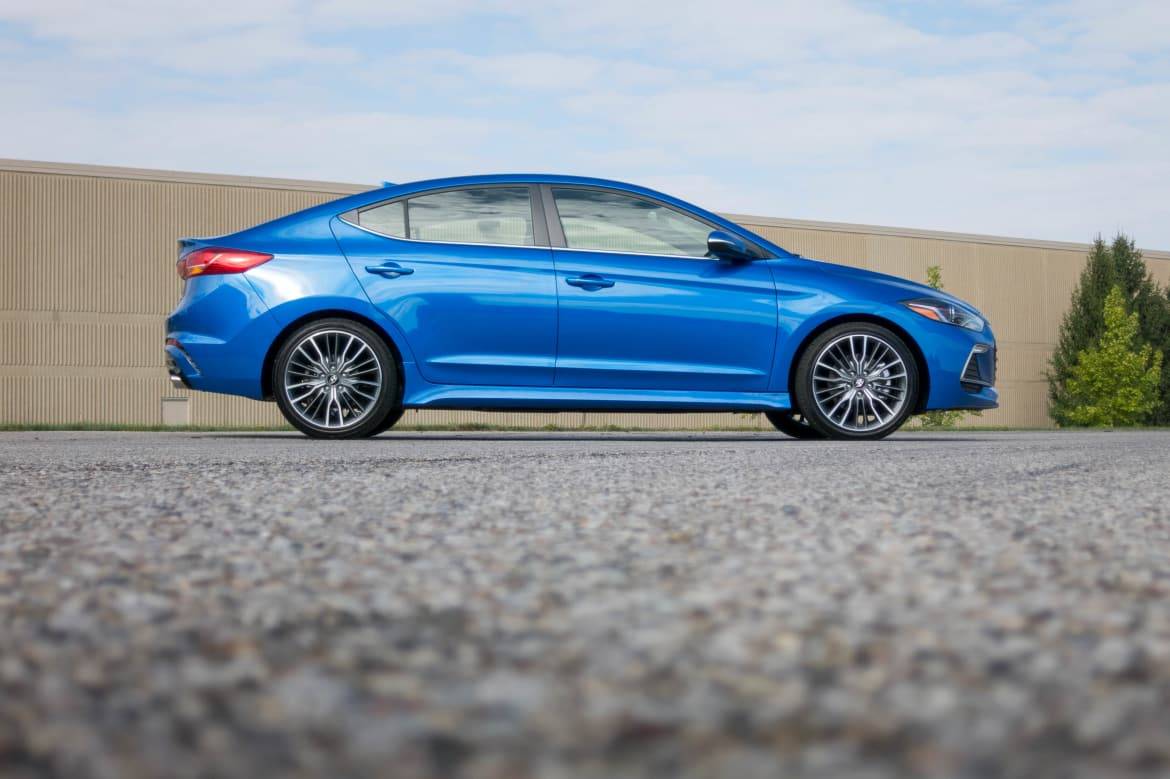
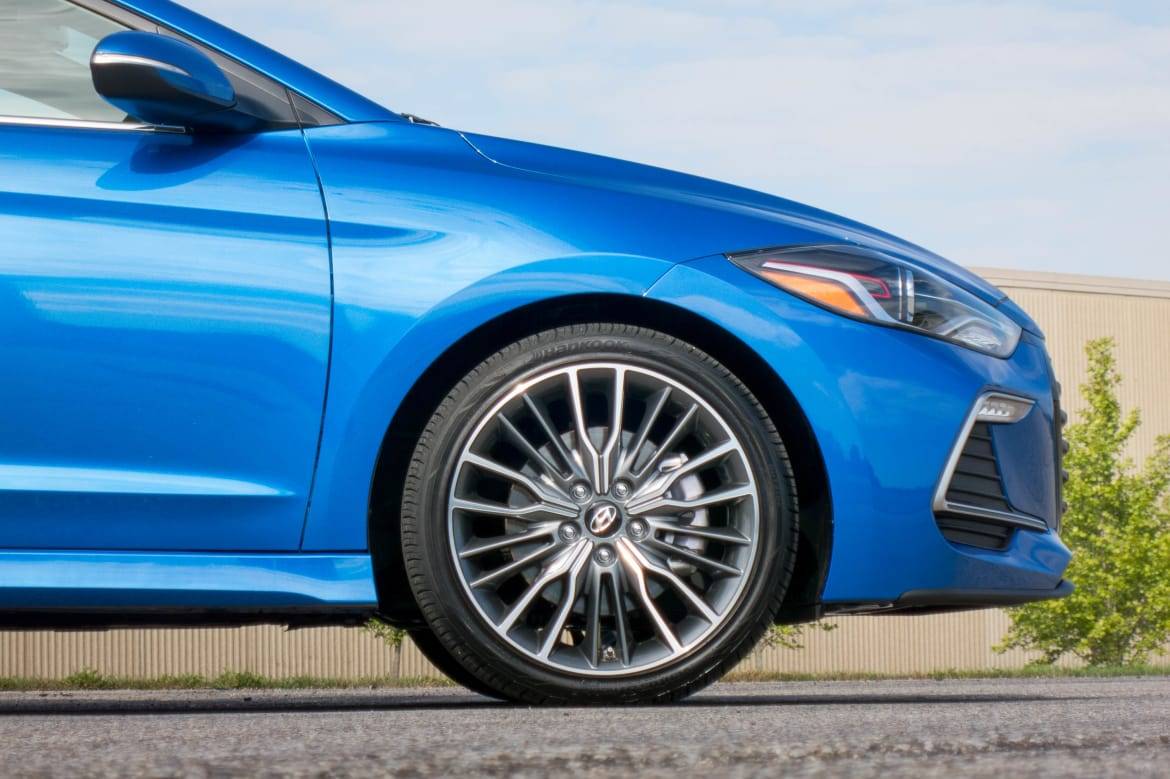
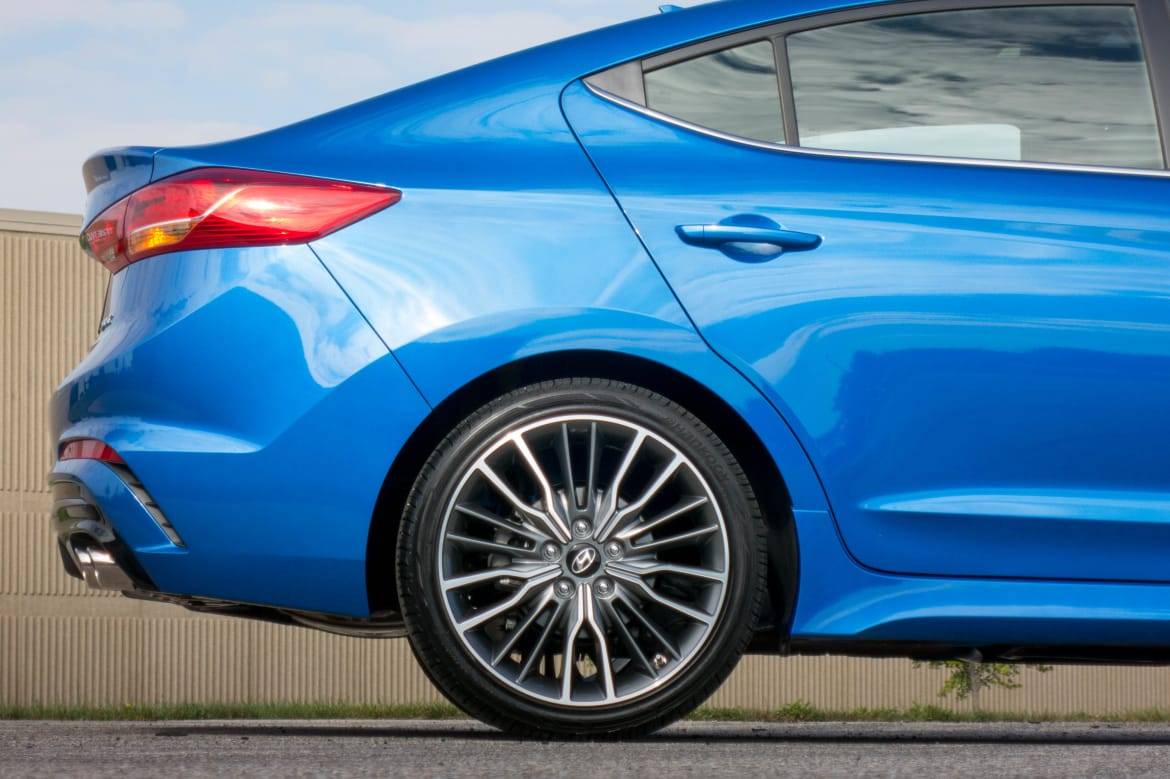

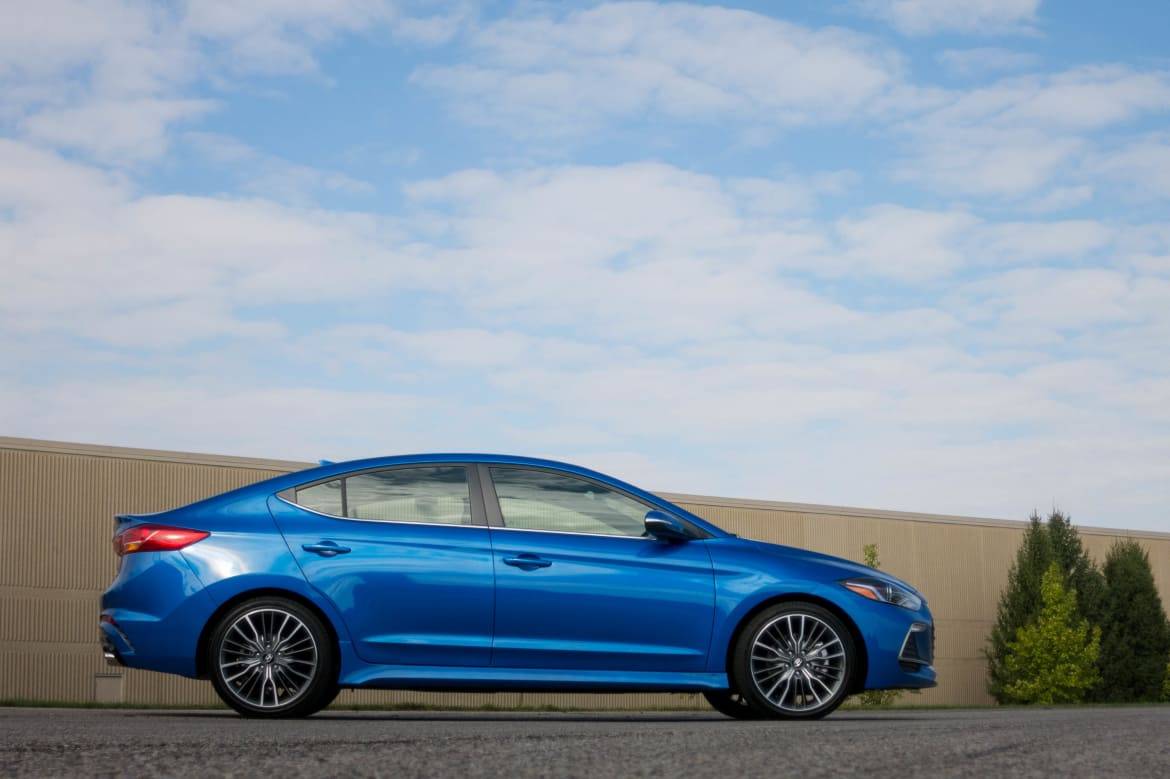
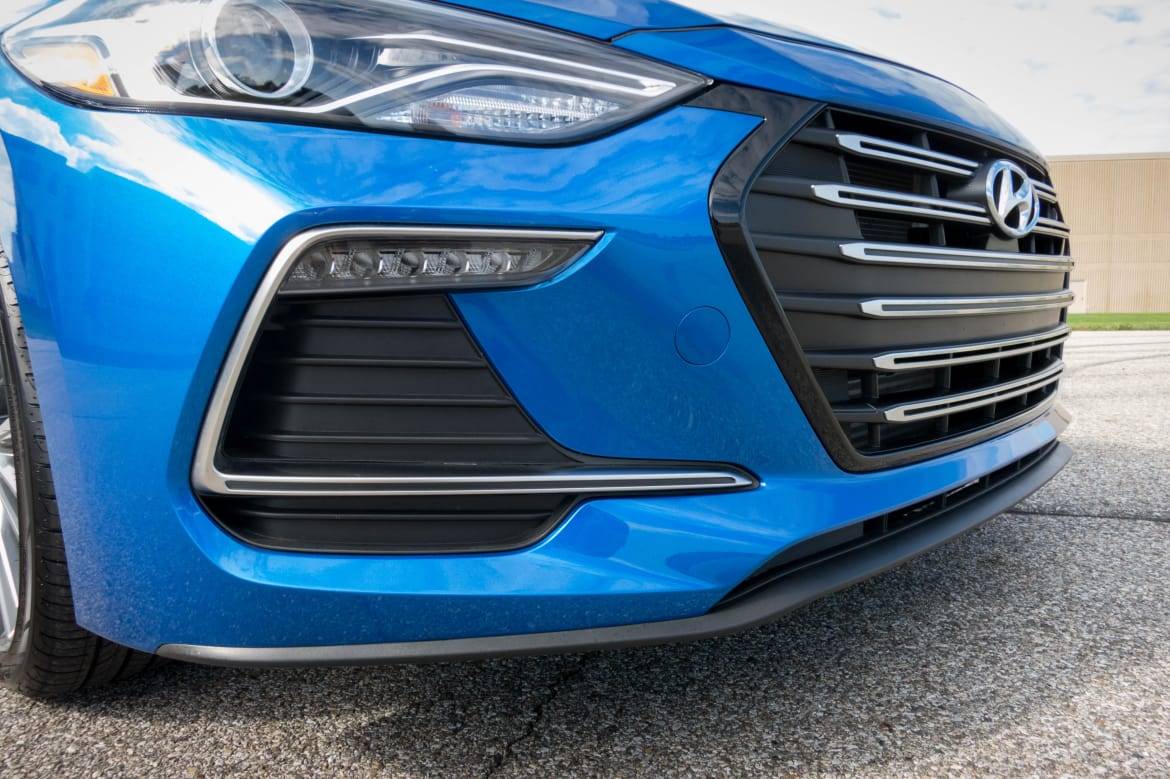
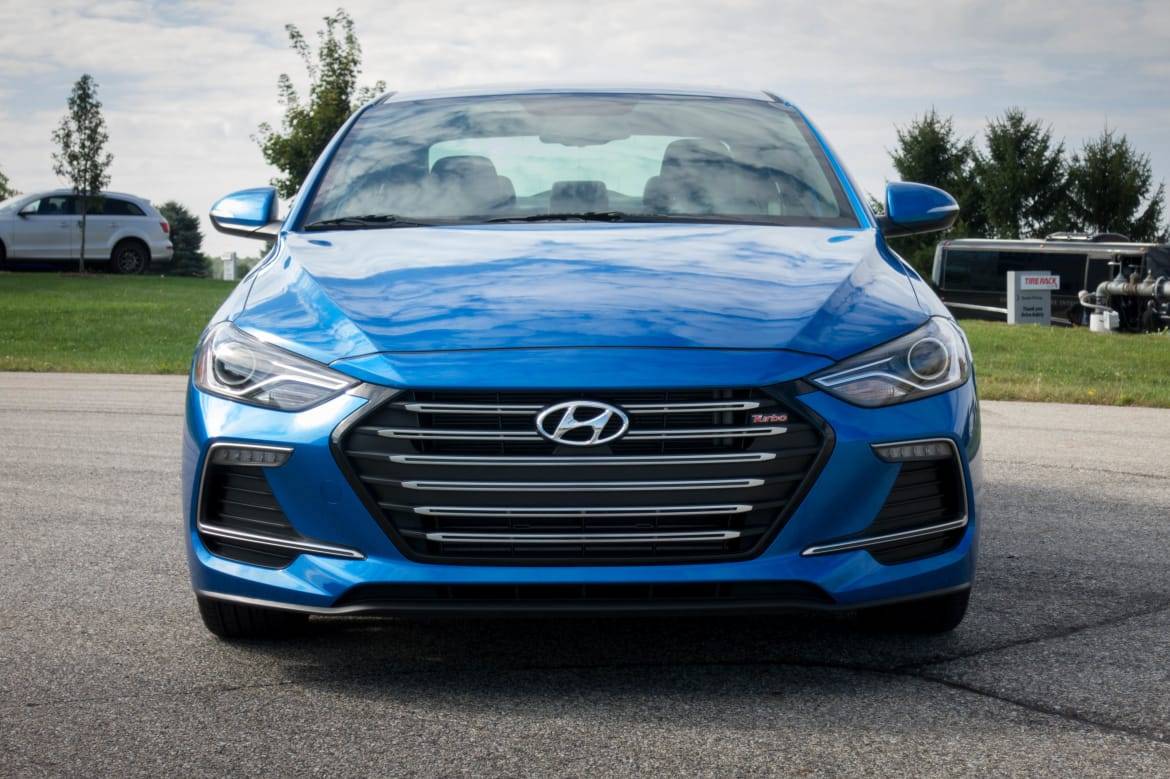
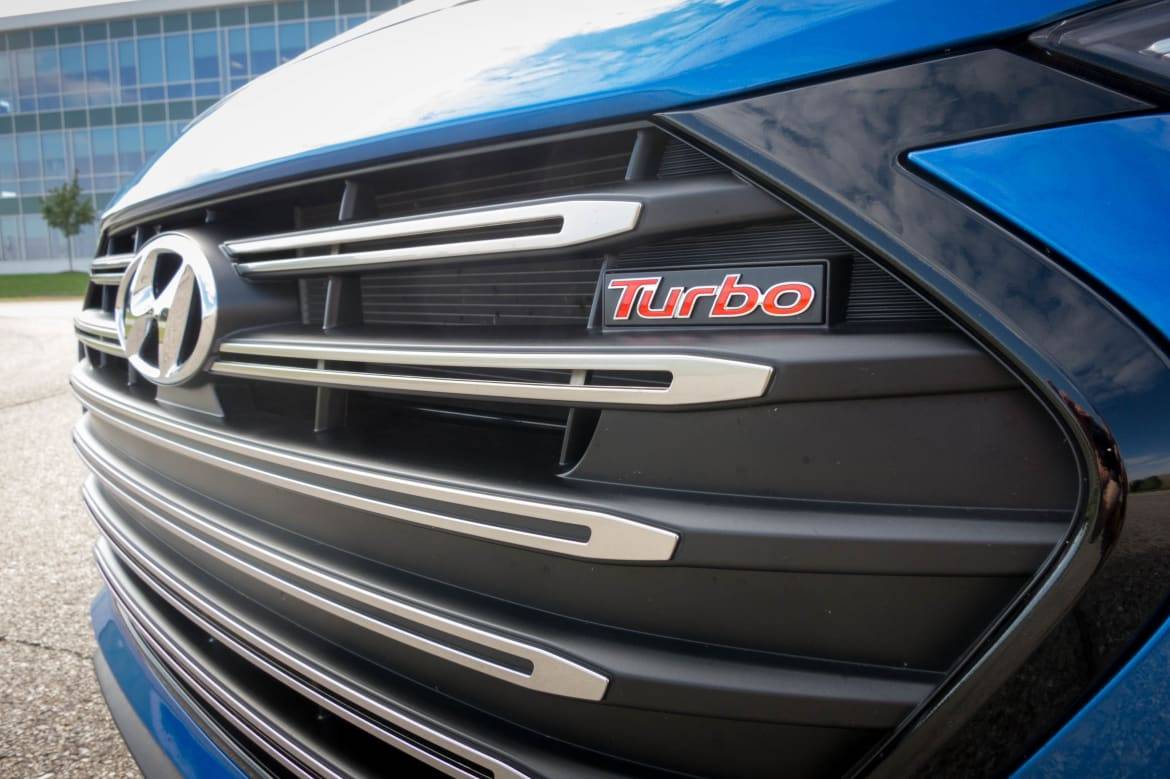
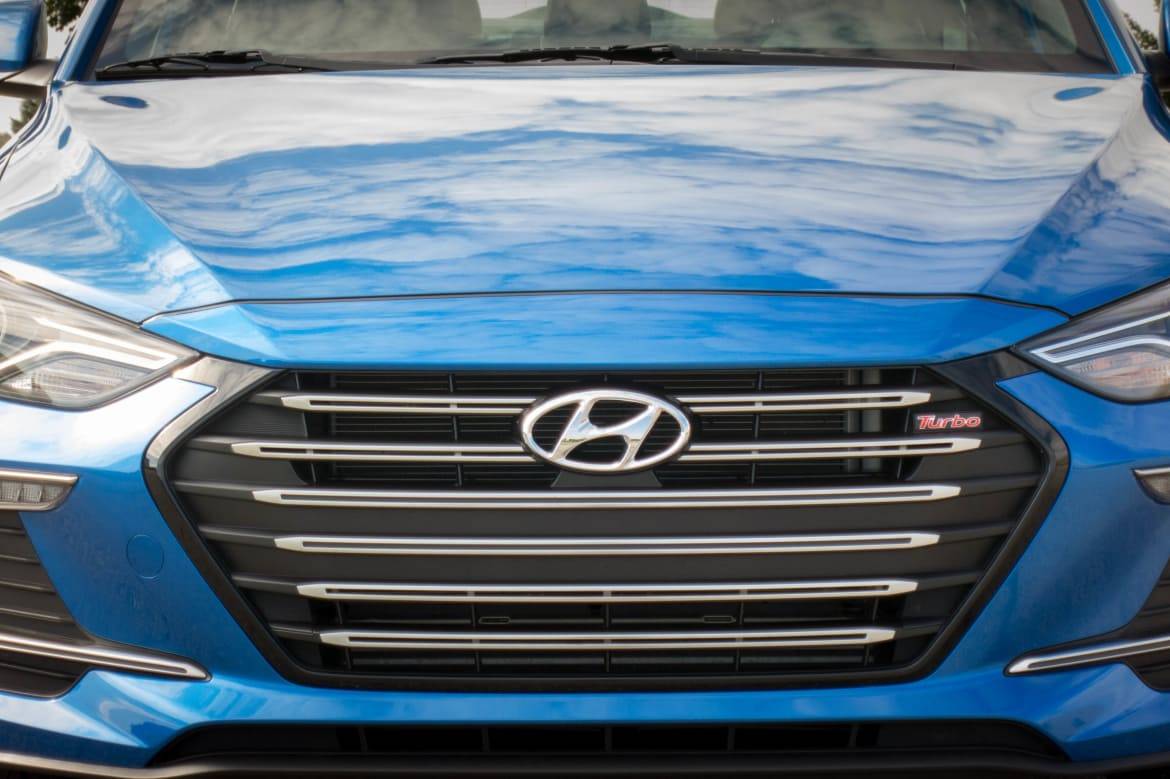
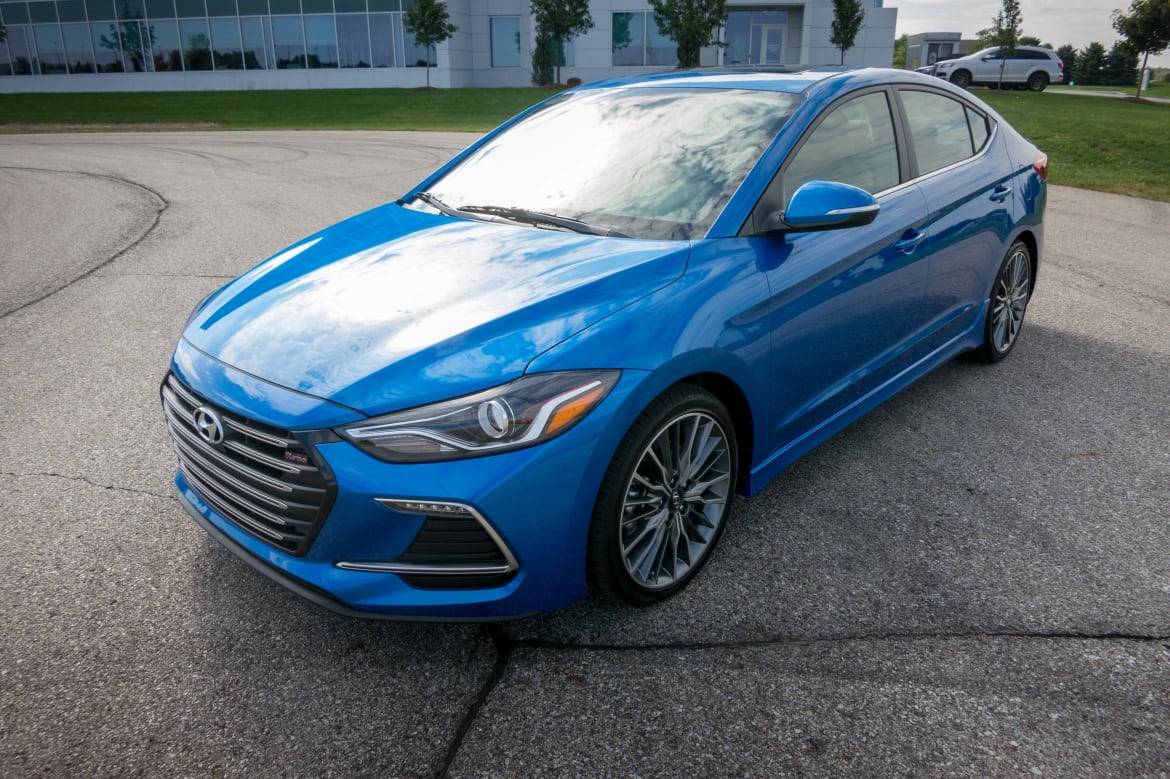




































Former Assistant Managing Editor-News Kelsey Mays likes quality, reliability, safety and practicality. But he also likes a fair price.
Featured stories


